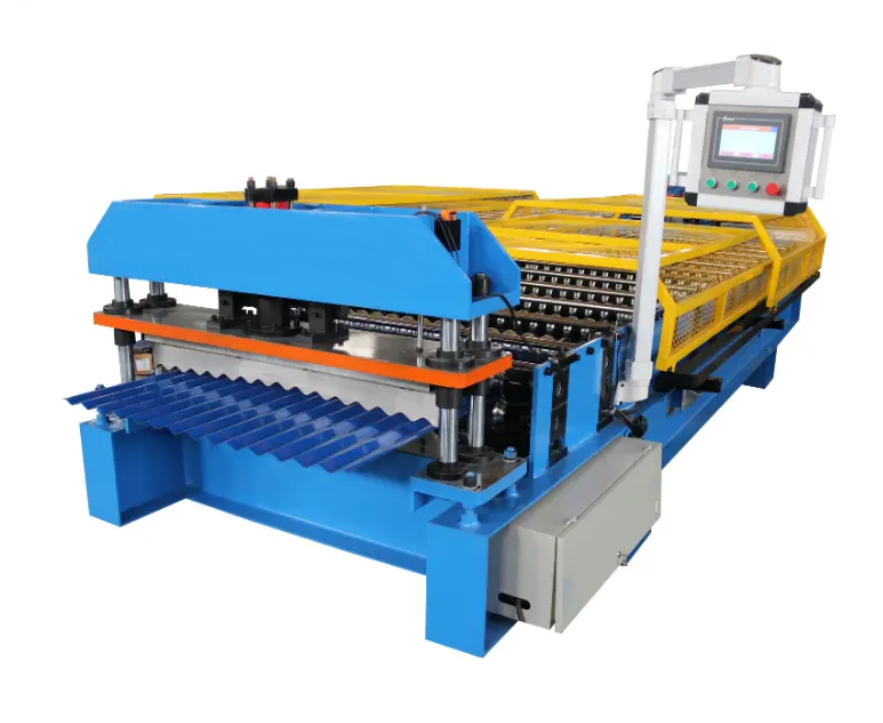roll forming steel
Understanding Roll Forming Steel A Comprehensive Overview
Roll forming is a highly efficient metalworking process that has gained popularity in various industries for the production of steel components. The process involves continuously shaping flat strips of metal into specific configurations as they pass through a series of rollers. This technique is particularly favored in the fabrication of steel because of its ability to produce complex parts with high precision and consistency.
One of the primary advantages of roll forming steel is its ability to create long lengths of material with uniform cross-sections. This makes it ideal for manufacturing products such as steel channels, frames, and brackets that require a consistent shape. Unlike other forming methods, roll forming allows for the production of parts with minimal waste, as the initial metal strip can be optimized for the desired end product.
Additionally, roll forming is well-suited for high-volume production runs. The process is continuous, enabling manufacturers to achieve high output rates without compromising on quality. This efficiency not only reduces production costs but also accelerates lead times, making it a preferred choice in industries that demand quick turnaround times, such as automotive, construction, and HVAC.
roll forming steel

The versatility of roll forming also cannot be overstated. By adjusting the design of the rollers, manufacturers can create a wide range of shapes and sizes, catering to various applications. For instance, custom profiles can be designed for specific uses, ensuring that the components meet the unique requirements of each project. This flexibility is a significant advantage in today's fast-paced manufacturing environment, where customization is often essential.
Furthermore, roll forming steel is compatible with various coatings and finishes, enhancing the durability and aesthetic appeal of the products. Steel parts can be galvanized, painted, or treated with other protective coatings to withstand corrosion and environmental challenges. This makes roll-formed steel an excellent choice for outdoor applications, where exposure to the elements can significantly impact the lifespan of components.
Even though roll forming is a highly efficient and advantageous process, it does come with its challenges. The initial setup costs for custom tooling can be significant, especially for low-volume projects. However, the investment is often justified in high-volume scenarios, where the savings on material and labor can outweigh the initial tooling expenses.
In conclusion, roll forming steel is a dynamic and effective method for creating a wide array of components with precision and efficiency. Its ability to produce consistent, high-quality products at rapid rates makes it a favorite among manufacturers across various industries. With ongoing advancements in technology and techniques, the future of roll forming looks promising, with potential applications expanding into new fields and innovations in design. As companies continue to seek efficient, sustainable solutions for metal fabrication, roll forming steel will undoubtedly remain at the forefront of modern manufacturing processes.
-
Roof Panel Machines: Buying Guide, Types, and PricingNewsJul.04, 2025
-
Purlin Machines: Types, Features, and Pricing GuideNewsJul.04, 2025
-
Metal Embossing Machines: Types, Applications, and Buying GuideNewsJul.04, 2025
-
Gutter Machines: Features, Types, and Cost BreakdownNewsJul.04, 2025
-
Cut to Length Line: Overview, Equipment, and Buying GuideNewsJul.04, 2025
-
Auto Stacker: Features, Applications, and Cost BreakdownNewsJul.04, 2025
-
Top Drywall Profile Machine Models for SaleNewsJun.05, 2025








